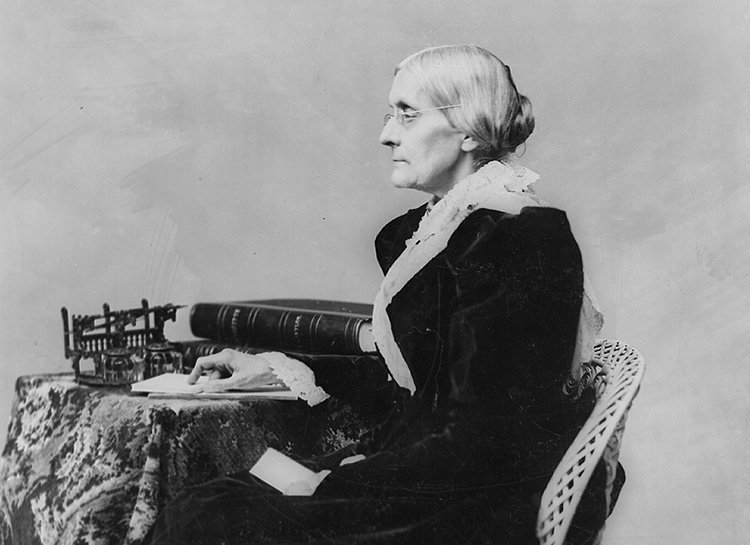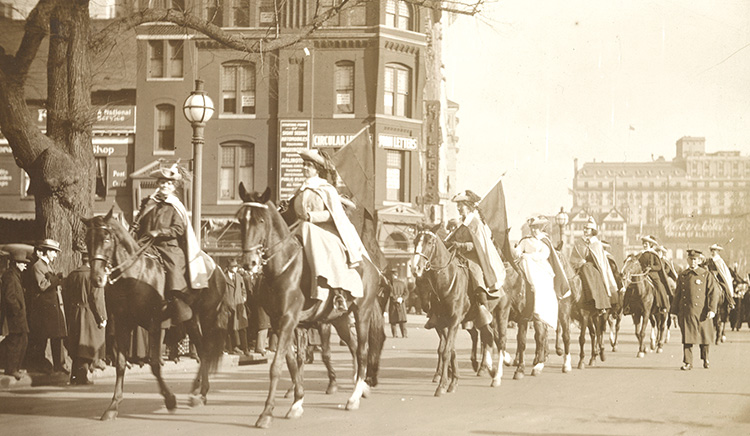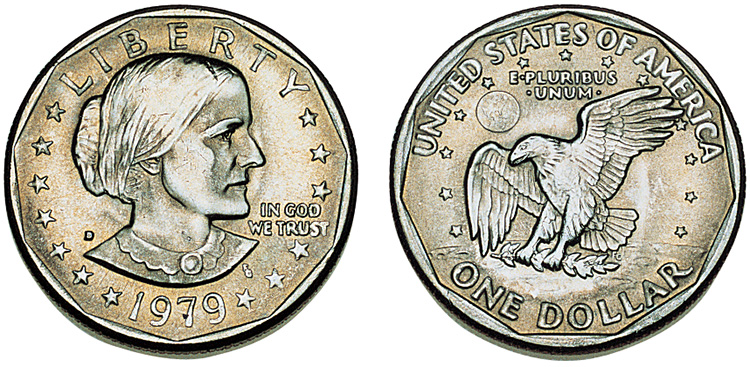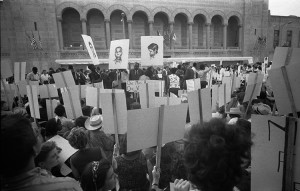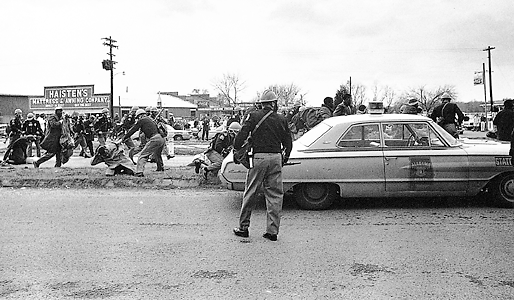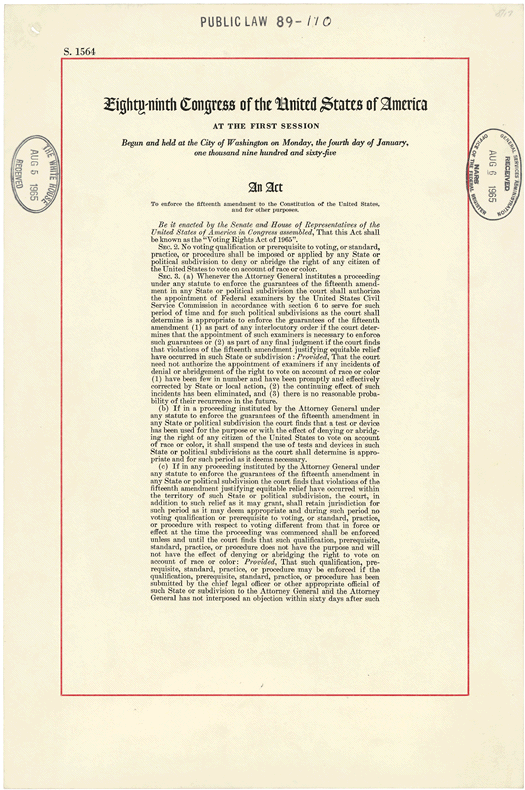19th Amendment Turns 100
Tuesday, August 18th, 2020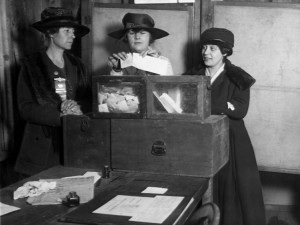
Three woman suffragists cast votes in New York City around 1917. Woman suffragists fought for the right of women to vote. The 19th Amendment to the United States Constitution, passed on Aug. 18, 1920, granted this right to women throughout the country.
Credit: © Everett Collection/Shutterstock
Aug. 18, 2020, is the 100th anniversary of the addition of the 19th Amendment to the Constitution of the United States. The amendment granted women the right to vote. It reads, “The right of citizens of the United States to vote shall not be denied or abridged by the United States or by any State on account of sex.”
During colonial times, the right to vote was generally limited to adult males who owned property. After the United States became an independent nation, the Constitution gave the states the right to decide who could vote. One by one, the states abolished property requirements. By 1830, nearly all the states had given all white male adults the vote.
In the mid-1800’s, such leaders as Lucretia Mott, Elizabeth Cady Stanton, Susan B. Anthony, and Lucy Stone began speaking out for equal rights for women. Suffrage (the right to vote) soon became their chief goal. People who supported the drive for suffrage were called suffragists. The woman suffrage movement gained strength after 1870, when the 15th Amendment extended voting rights to Black men.
The House of Representatives approved the 19th Amendment in 1918, but the Senate defeated it. The House passed the amendment again on May 21, 1919. The Senate finally passed it on June 4. However, the amendment still needed the approval of three-fourths of the states. On Aug. 18, 1920, the Tennessee legislature approved the amendment, giving the measure the support it needed. On August 26, U.S. Secretary of State Bainbridge Colby certified the amendment.
By the late 1900’s, women had the vote in almost every country where men had it. In 2015, women in Saudi Arabia voted in and won elections for the first time. Vatican City is the only country in which women are not allowed to vote but men have the right. However, some countries still deny voting rights to many or all their people.

